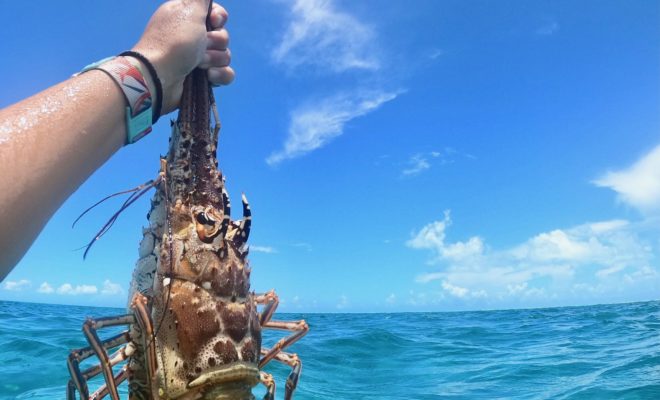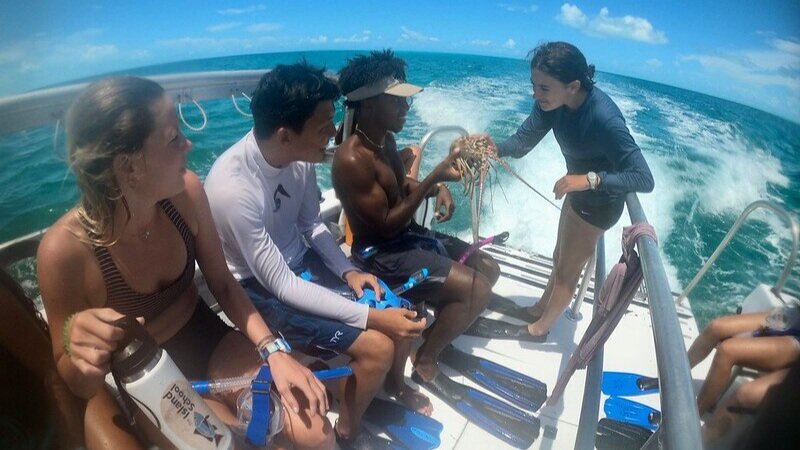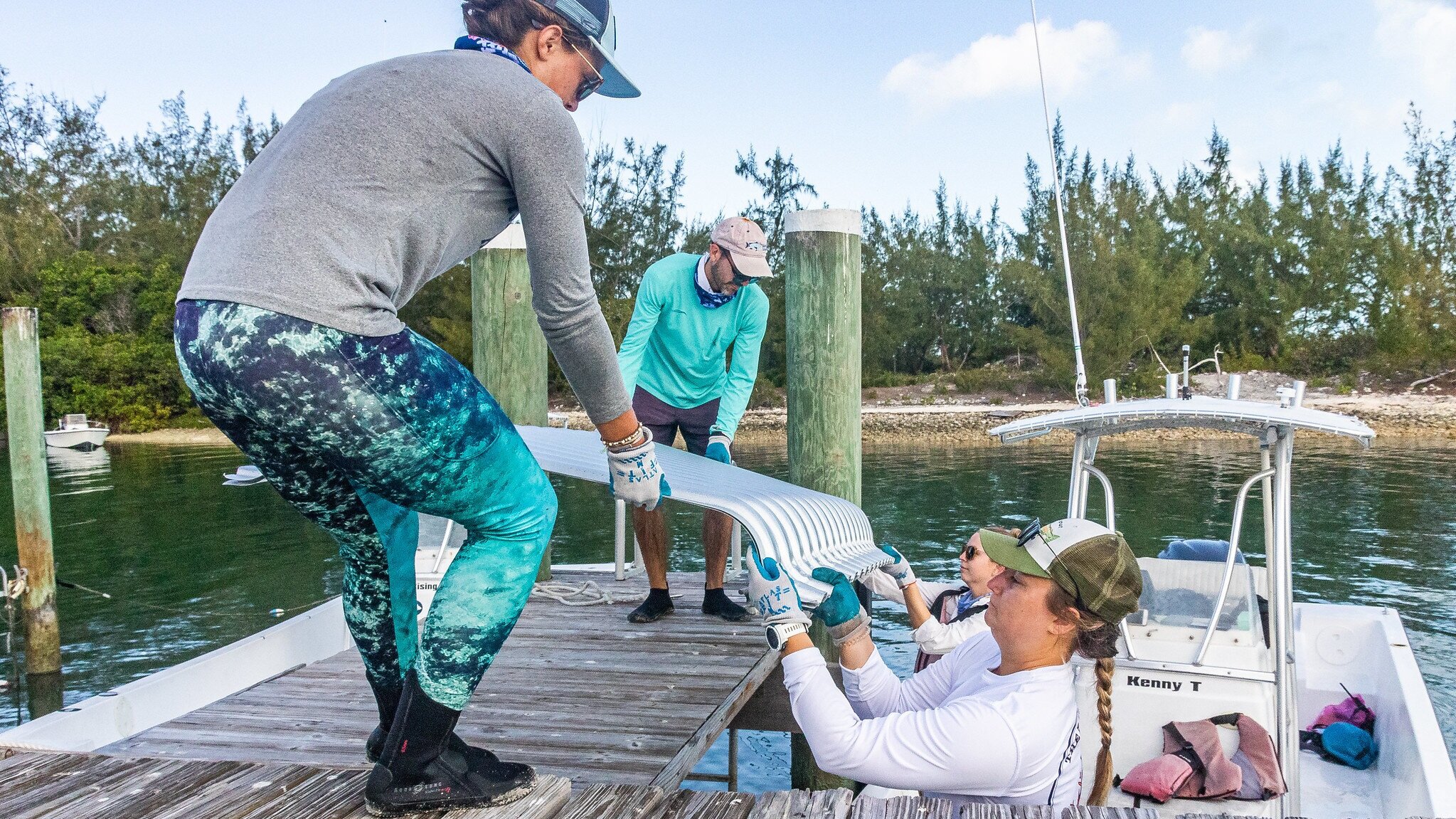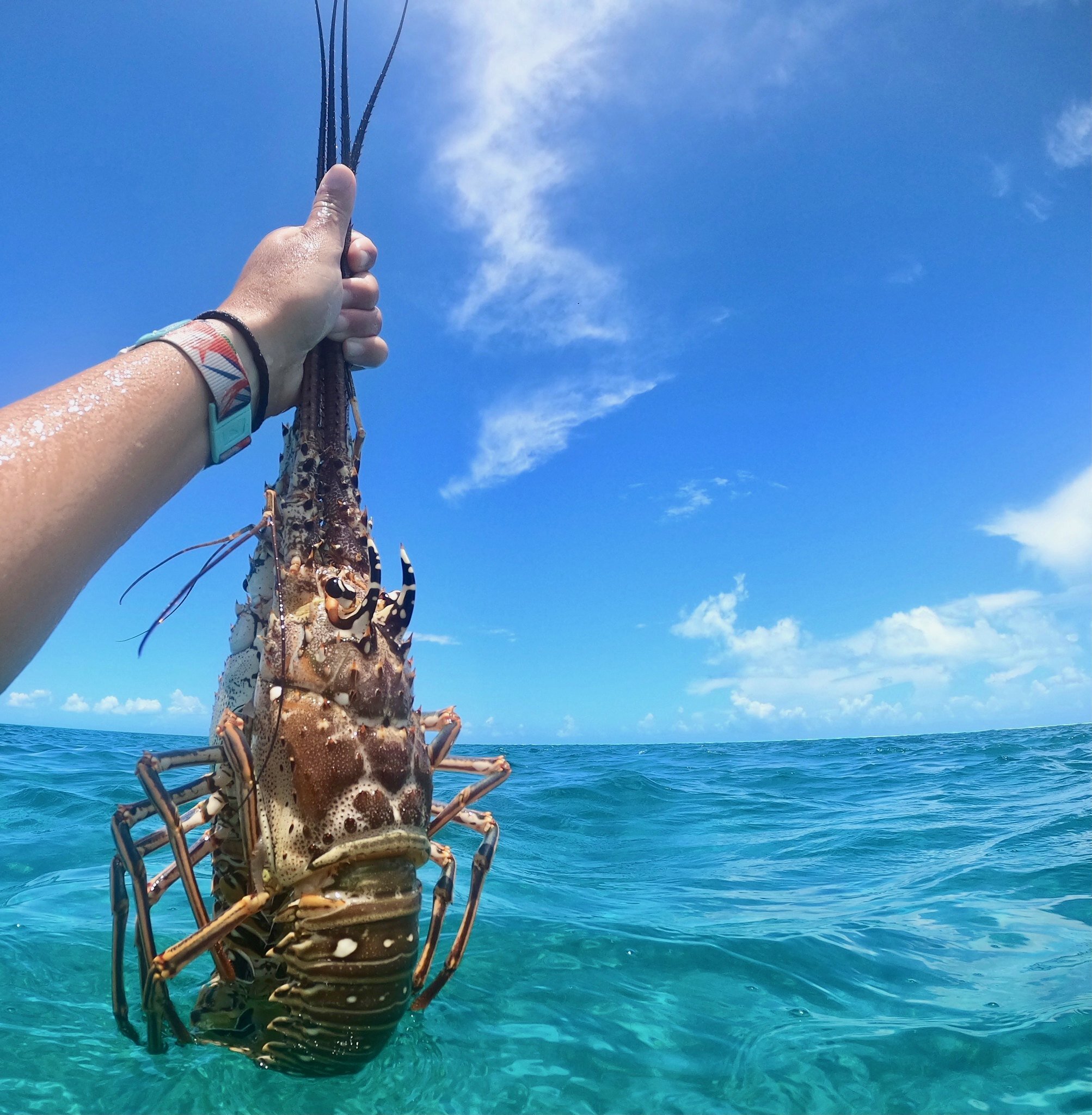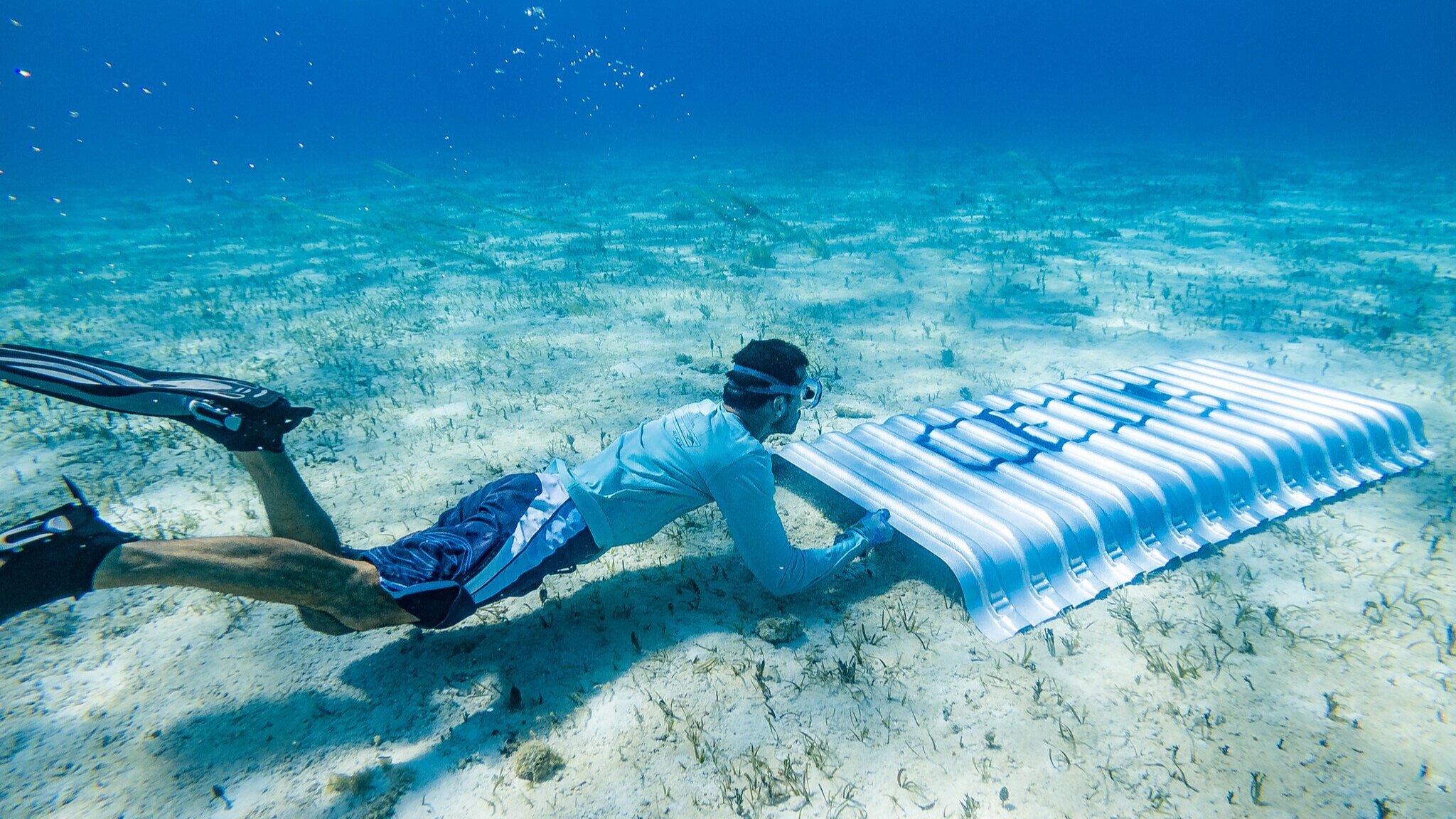A new crawfishing season has arrived, marking an important time in the life of our island. The Bahamas crawfish industry was certified as a sustainable fishery in 2018 by the Marine Stewardship Council, the only lobster fishery in the region to have this seal of approval. We should be proud of this achievement that came from years of hard work by government officials, the fisheries sector and non-profit organizations all working together.
Sustainable certification allows the Bahamas to get a premium price on its product overseas and ensure that demand stays strong, even in the face of disruptions like the coronavirus pandemic. It also ensures that there will always be crawfish to support fishers into the future, by setting up good management practices and keeping an eye on the health of the crawfish population. Another key aspect of sustainable fisheries is making sure that they don’t degrade the environment. In all three of these areas, The Bahamas has committed to improvement, so there is still plenty of work to do.
The Cape Eleuthera Institute at The Island School, is helping in these efforts by conducting research to better understand how the fishery interacts with the wider ecosystem. Earlier in July, Dr Nick Higgs (a Spanish Wells native), presented some preliminary findings to the fisheries audit committee that will be responsible for re-certifying the fishery in 3 years time. These included documenting how seagrass is impacted by the lobster condos and looking at how crawfish heads thrown overboard by the thousands impact predator behavior. All of this information helps satisfy the auditors that The Bahamas is responsibly managing its fisheries.
In many ways the Bahamian fishery is unusual, in that most crawfish are caught by hand by divers, so that means that there is very little bycatch (unwanted catch). There are some fishers that use lobster pots that might catch unwanted animals, but the biggest method of fishing involves using artificial shelters called condos, casitas or traps by different people. These shelters do not trap any animals, which are free to come and go. Instead they act as artificial reefs so can provide shelter to many other types of animal as well. Many people assume that fisheries are bad for the environment but the picture is more complex. There are often tradeoffs between impacts and benefits to different species.
Understanding the impacts and benefits of crawfish ‘condos’ is a central part of the sustainable fisheries program at the Cape Eleuthera Institute. We are also testing out a new condo design that is made from a single piece of moulded aluminum, rather than the traditional wood and aluminum used previously. Local fishers have already started using them and we are doing trials to understand how they function, their longevity and catch rates. Ultimately this will feed into fisheries management.
As well as research on the industrial fisheries, we are looking at the role that sustainable fisheries can play in providing food for local communities. Crawfish should be food not just a commodity. We have started a small-scale, community subsistence fishery program, that is looking at the feasibility of providing food for our community from the ocean in a sustainable way. A recent study showed that fishing communities around the world are often undernourished because they sell their catch and then buy lower quality, less nutritious food. Thankfully, many Bahamians still enjoy seafood as a regular part of their diet. Our work is to make sure this continues to be the case for future generations of Bahamians.
Dr. Nick Higgs
Director of Research and Innovation
Cape Eleuthera Institute at The Island School
